Home>Furniture & Design>Bathroom Accessories>How To Make Socks Non-Slip
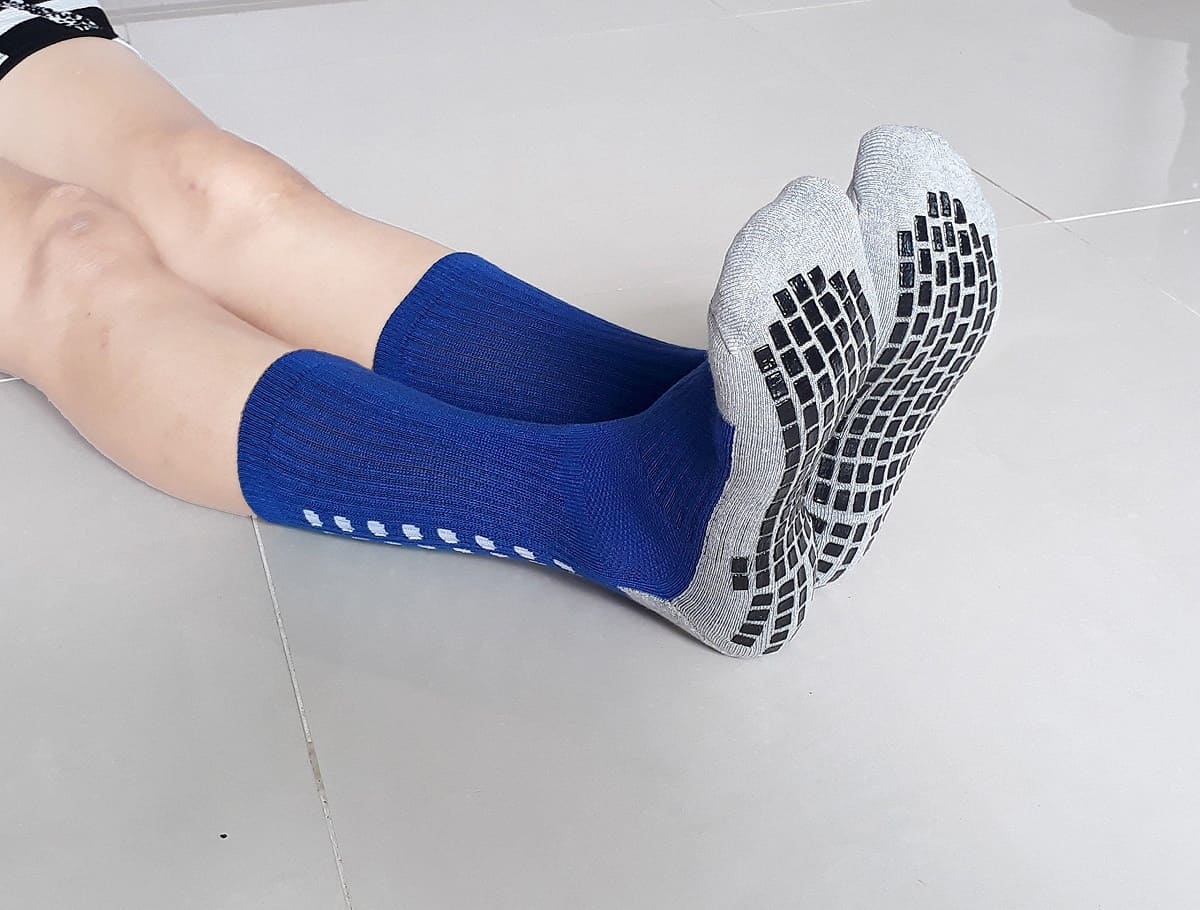

Bathroom Accessories
How To Make Socks Non-Slip
Published: February 10, 2024
Learn how to make your socks non-slip with these simple bathroom accessories. Keep your feet secure and prevent slipping on any surface. Step-by-step guide for a safer home.
(Many of the links in this article redirect to a specific reviewed product. Your purchase of these products through affiliate links helps to generate commission for Storables.com, at no extra cost. Learn more)
Introduction
Slipping and sliding around the house can be a frustrating experience, especially when it's caused by socks that lack traction. Whether you're gliding across hardwood floors or struggling to maintain your footing on tiled surfaces, the lack of grip on your socks can lead to slips, falls, and a general sense of unease. Fortunately, there are effective solutions to this common problem that can help you regain your stability and confidence while walking indoors.
In this comprehensive guide, we will explore various methods for making socks non-slip, allowing you to enjoy a safer and more secure experience as you move about your home. From non-slip grips to fabric paint and sewing on non-slip patches, we'll delve into the details of each approach, providing you with the knowledge and tools to transform your favorite socks into reliable, slip-resistant footwear.
By the end of this article, you'll be equipped with the expertise to enhance the functionality of your socks, ensuring that they provide the traction you need to navigate slick surfaces with ease. Whether you're looking to prevent accidental slips or simply seeking a more stable footing, the solutions presented here will empower you to make your socks non-slip and enjoy greater peace of mind as you go about your daily activities.
So, let's embark on this journey to discover the techniques and products that can turn your slippery socks into secure and dependable footwear for every step you take. Let's dive into the world of non-slip sock solutions and unlock the potential for a safer and more confident stride within the comfort of your own home.
Key Takeaways:
- Say goodbye to slippery socks! Use non-slip grips, fabric paint, or sew on non-slip patches to transform your favorite socks into reliable, slip-resistant footwear for a safer and more confident indoor experience.
- Tired of slipping and sliding at home? Get creative with fabric paint or sew on non-slip patches to make your socks non-slip and enjoy a secure and stable footing on any surface.
Read more: How To Make Baby Socks Non-Slip
Understanding the Problem
When it comes to wearing socks around the house, slipping and sliding can quickly become a frustrating and potentially hazardous issue. The lack of traction on socks can lead to precarious situations, especially on smooth or polished surfaces such as hardwood, tile, or laminate flooring. This common problem often arises from the smooth texture of the socks' soles, which fails to provide the necessary grip to prevent unwanted slippage.
The absence of traction on socks can pose a significant safety concern, particularly for individuals who may already struggle with mobility or balance. Whether it's navigating the kitchen, living room, or bathroom, the risk of slipping due to inadequate sock grip can lead to accidents and injuries, impacting one's confidence and overall well-being.
Furthermore, the discomfort and inconvenience caused by constantly readjusting one's footing to compensate for slippery socks can detract from the enjoyment of everyday activities at home. The need for a reliable solution to this problem is evident, as it directly affects the comfort, safety, and peace of mind of individuals moving about their living spaces.
Understanding the implications of slippery socks underscores the importance of finding effective methods to enhance their traction. By addressing this issue, individuals can regain stability and confidence in their movements, creating a safer and more secure environment within their homes. The quest for non-slip sock solutions is driven by the desire to mitigate the risks associated with slippery footwear and to ensure a more comfortable and secure experience while walking indoors.
In the following sections, we will explore various methods and techniques for making socks non-slip, empowering individuals to transform their favorite socks into reliable, slip-resistant footwear. By delving into these solutions, we aim to provide practical and effective strategies for addressing the common problem of slippery socks, ultimately enhancing the safety and comfort of indoor mobility.
Methods for Making Socks Non-Slip
When it comes to addressing the issue of slippery socks, there are several effective methods that can be employed to enhance their traction and stability. These methods offer practical and versatile solutions, allowing individuals to transform their favorite socks into reliable, non-slip footwear for navigating indoor spaces with confidence.
Using Non-Slip Grips
One popular method for making socks non-slip involves the use of non-slip grips or traction pads. These adhesive or silicone-based grips are designed to be attached to the soles of socks, providing enhanced traction and preventing slippage on smooth surfaces. Non-slip grips come in various shapes and sizes, allowing for customization based on the specific areas of the sole that require additional traction. By applying these grips to the underside of socks, individuals can significantly improve their grip and stability while walking on slippery floors.
Applying Fabric Paint
Another effective technique for enhancing the non-slip properties of socks is the application of fabric paint. Specifically formulated for use on fabric, non-slip fabric paint creates a textured surface on the soles of socks, increasing their grip on smooth surfaces. By carefully applying the fabric paint in strategic patterns or designs on the sole area, individuals can customize the level of traction according to their preferences. This method offers a creative and customizable approach to making socks non-slip, allowing for personalized designs while addressing the issue of slippery footwear.
Read more: What Makes Non-Slip Shoes Non-Slip
Sewing on Non-Slip Patches
For those who prefer a more permanent solution, sewing non-slip patches onto the soles of socks can provide long-lasting traction and stability. Non-slip patches, often made from rubber or silicone materials, can be securely attached to the sock soles using a simple sewing technique. This method ensures that the non-slip patches remain firmly in place, offering consistent grip and preventing slippage over time. By sewing on non-slip patches, individuals can effectively transform their socks into durable and reliable non-slip footwear, suitable for daily use in various indoor settings.
These methods for making socks non-slip offer practical and customizable solutions to address the common issue of slippery footwear. By utilizing non-slip grips, fabric paint, or non-slip patches, individuals can enhance the traction and stability of their socks, creating a safer and more secure experience while walking indoors. Whether seeking a temporary, creative, or permanent solution, these methods empower individuals to take proactive steps in ensuring the non-slip functionality of their socks, ultimately promoting safety and confidence in their daily movements.
Using Non-Slip Grips
One effective method for making socks non-slip involves the use of non-slip grips or traction pads. These innovative solutions are designed to address the issue of slippery socks by providing enhanced traction and stability on smooth surfaces. Non-slip grips come in various forms, including adhesive-backed pads and silicone-based traction enhancers, offering versatile options for improving the grip of socks.
Adhesive non-slip grips are designed to be attached to the soles of socks, creating a textured surface that significantly enhances traction. These grips are available in different shapes and sizes, allowing for customization based on the specific areas of the sole that require additional traction. By carefully applying these adhesive grips to the underside of socks, individuals can effectively mitigate the risk of slipping and sliding on polished or slick floors.
Silicone-based non-slip grips offer a flexible and durable solution for enhancing the non-slip properties of socks. These grips adhere to the soles of socks, creating a reliable and long-lasting traction surface. The silicone material provides a strong grip on smooth surfaces, allowing individuals to walk with confidence and stability indoors. Additionally, the flexibility of silicone-based grips ensures that they conform to the natural contours of the foot, offering a comfortable and secure fit while preventing slippage.
The application of non-slip grips is a practical and versatile approach to addressing the common problem of slippery socks. By utilizing these innovative solutions, individuals can transform their favorite socks into reliable, non-slip footwear, suitable for navigating various indoor surfaces with ease. Whether walking on hardwood, tile, or laminate flooring, the addition of non-slip grips provides the necessary traction to prevent accidental slips and falls, promoting a safer and more secure experience within the home.
In summary, the use of non-slip grips offers an effective and customizable method for making socks non-slip. Whether opting for adhesive-backed pads or silicone-based traction enhancers, individuals can enhance the grip and stability of their socks, creating a safer and more confident walking experience. By incorporating non-slip grips into their sock-wearing routine, individuals can enjoy improved traction and peace of mind, ensuring a more secure footing as they move about their living spaces.
Applying Fabric Paint
Applying fabric paint is a creative and customizable method for enhancing the non-slip properties of socks. Specifically formulated for use on fabric, non-slip fabric paint offers a practical solution for addressing the issue of slippery socks by creating a textured surface on the soles. This textured surface significantly increases the grip of the socks on smooth surfaces, providing stability and preventing unwanted slippage.
The process of applying fabric paint to socks begins with selecting the appropriate type of non-slip fabric paint, ensuring that it is designed for use on textiles and offers durable, non-skid properties. Once the fabric paint is obtained, individuals can unleash their creativity by choosing patterns, designs, or strategic placements for applying the paint on the sole area of the socks. This customization allows for personalized traction enhancement, catering to individual preferences and style.
When applying the fabric paint, it is essential to ensure a smooth and even application to achieve consistent non-slip properties across the entire sole surface. Careful attention should be given to the thickness and coverage of the paint, as these factors directly impact the level of traction provided. By following the manufacturer's guidelines and recommendations for application, individuals can effectively create a textured and non-slip surface on the soles of their socks.
Once the fabric paint is applied and allowed to dry according to the specified curing time, the socks are ready to provide enhanced grip and stability on various indoor surfaces. The textured surface created by the fabric paint significantly improves traction, allowing individuals to walk with confidence and security, even on polished or slick floors. Additionally, the customizable nature of fabric paint enables individuals to express their personal style while addressing the practical need for non-slip functionality.
The application of fabric paint offers a versatile and creative approach to making socks non-slip, allowing individuals to customize the level of traction according to their preferences. Whether opting for simple patterns, intricate designs, or strategic placements of the fabric paint, individuals can transform their favorite socks into reliable, slip-resistant footwear. This method not only enhances the practical functionality of socks but also provides an opportunity for personal expression and creativity.
In summary, applying fabric paint to socks presents a creative and customizable solution for addressing the common problem of slippery footwear. By creating a textured and non-slip surface on the soles, fabric paint significantly enhances the grip and stability of socks, ensuring a safer and more secure walking experience indoors. With the ability to customize the level of traction and express personal style, fabric paint offers a practical and artistic approach to making socks non-slip, empowering individuals to walk with confidence and comfort in their own homes.
To make socks non-slip, apply a thin layer of fabric glue or silicone grip to the bottom of the socks. This will provide traction and prevent slipping on smooth surfaces.
Sewing on Non-Slip Patches
Sewing non-slip patches onto the soles of socks is a practical and durable method for enhancing their non-slip properties. Non-slip patches, typically made from rubber or silicone materials, are designed to provide reliable traction and stability, making them an effective solution for addressing the issue of slippery socks.
The process of sewing on non-slip patches begins with selecting high-quality patches that are specifically designed for use on socks. These patches are often available in various shapes and sizes, allowing for customization based on the specific areas of the sole that require additional traction. Once the appropriate non-slip patches are obtained, the sewing process can commence to securely attach them to the sock soles.
Using a simple sewing technique, the non-slip patches are carefully affixed to the soles of the socks, ensuring a firm and long-lasting attachment. The use of durable thread and a secure stitching pattern guarantees that the patches remain in place, providing consistent grip and preventing slippage over time. This method offers a permanent solution for making socks non-slip, as the securely sewn patches withstand regular wear and washing, maintaining their traction-enhancing properties.
By sewing on non-slip patches, individuals can effectively transform their socks into reliable and slip-resistant footwear, suitable for daily use in various indoor settings. Whether walking on hardwood, tile, or laminate flooring, the addition of non-slip patches ensures a stable and secure footing, reducing the risk of accidental slips and falls. This method is particularly beneficial for individuals seeking a long-term solution to the issue of slippery socks, as the securely attached patches provide durable traction and stability.
In summary, sewing non-slip patches onto the soles of socks offers a practical and permanent approach to making socks non-slip. By utilizing high-quality patches and a secure sewing technique, individuals can enhance the grip and stability of their socks, creating a safer and more confident walking experience indoors. With the ability to withstand regular use and washing, non-slip patches provide a reliable solution to the common problem of slippery socks, ensuring a secure footing and peace of mind as individuals move about their living spaces.
Read more: How To Make Non-Slip Paint
Conclusion
In conclusion, the quest for non-slip sock solutions has led us on a journey to explore various methods for enhancing the traction and stability of socks, ultimately addressing the common problem of slippery footwear. From the utilization of non-slip grips to the application of fabric paint and the sewing on of non-slip patches, we have delved into practical and effective techniques that empower individuals to transform their favorite socks into reliable, slip-resistant footwear.
The use of non-slip grips offers a versatile and customizable method for making socks non-slip. Whether opting for adhesive-backed pads or silicone-based traction enhancers, individuals can enhance the grip and stability of their socks, creating a safer and more confident walking experience. By incorporating non-slip grips into their sock-wearing routine, individuals can enjoy improved traction and peace of mind, ensuring a more secure footing as they move about their living spaces.
Applying fabric paint to socks presents a creative and customizable solution for addressing the common problem of slippery footwear. By creating a textured and non-slip surface on the soles, fabric paint significantly enhances the grip and stability of socks, ensuring a safer and more secure walking experience indoors. With the ability to customize the level of traction and express personal style, fabric paint offers a practical and artistic approach to making socks non-slip, empowering individuals to walk with confidence and comfort in their own homes.
Sewing non-slip patches onto the soles of socks offers a practical and permanent approach to making socks non-slip. By utilizing high-quality patches and a secure sewing technique, individuals can enhance the grip and stability of their socks, creating a safer and more confident walking experience indoors. With the ability to withstand regular use and washing, non-slip patches provide a reliable solution to the common problem of slippery socks, ensuring a secure footing and peace of mind as individuals move about their living spaces.
In the pursuit of non-slip sock solutions, it is essential to consider the specific needs and preferences of individuals, as well as the desired level of customization and permanence. Whether seeking a temporary, creative, or permanent solution, the methods explored in this guide offer practical and effective strategies for addressing the issue of slippery socks, ultimately enhancing the safety and comfort of indoor mobility.
By empowering individuals with the knowledge and tools to make their socks non-slip, we aim to promote a safer and more secure experience as they move about their homes. The transformation of slippery socks into reliable and stable footwear not only mitigates the risk of slips and falls but also fosters a sense of confidence and well-being in everyday activities. With the implementation of these non-slip sock solutions, individuals can navigate their living spaces with greater ease and peace of mind, ensuring a more secure and enjoyable indoor experience.
Frequently Asked Questions about How To Make Socks Non-Slip
Was this page helpful?
At Storables.com, we guarantee accurate and reliable information. Our content, validated by Expert Board Contributors, is crafted following stringent Editorial Policies. We're committed to providing you with well-researched, expert-backed insights for all your informational needs.
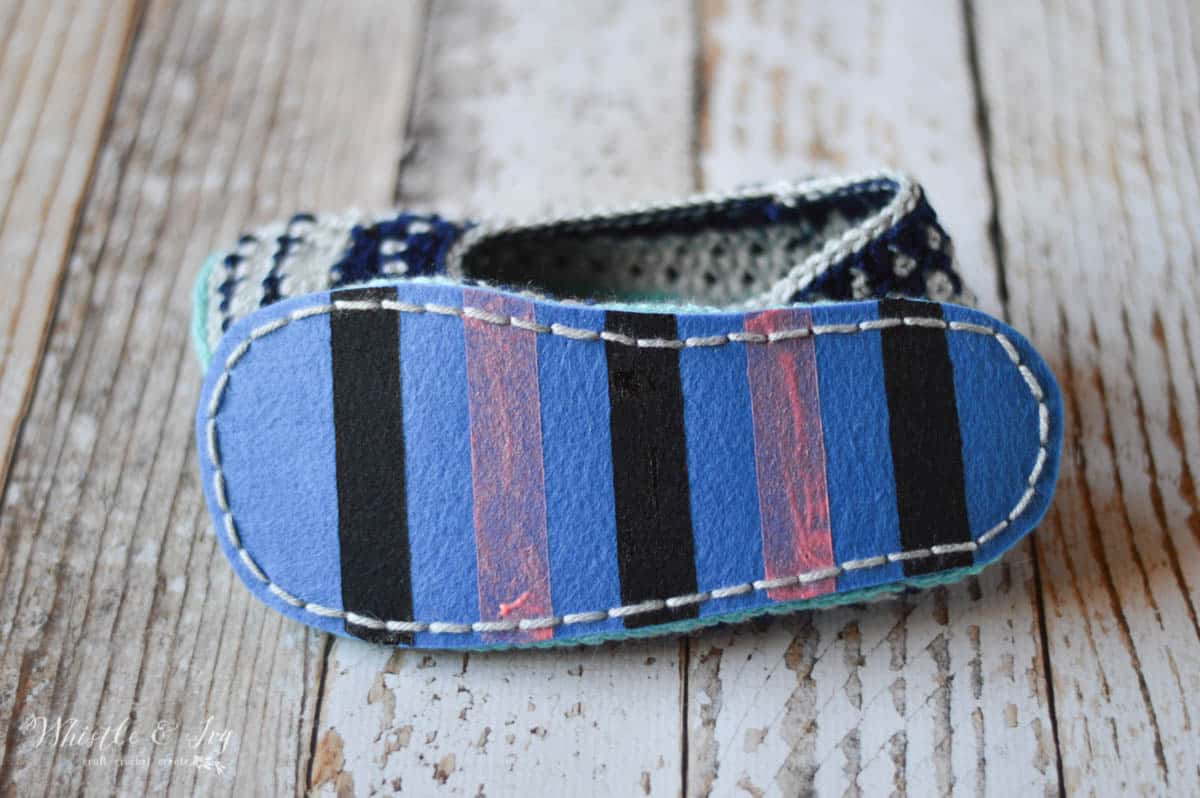
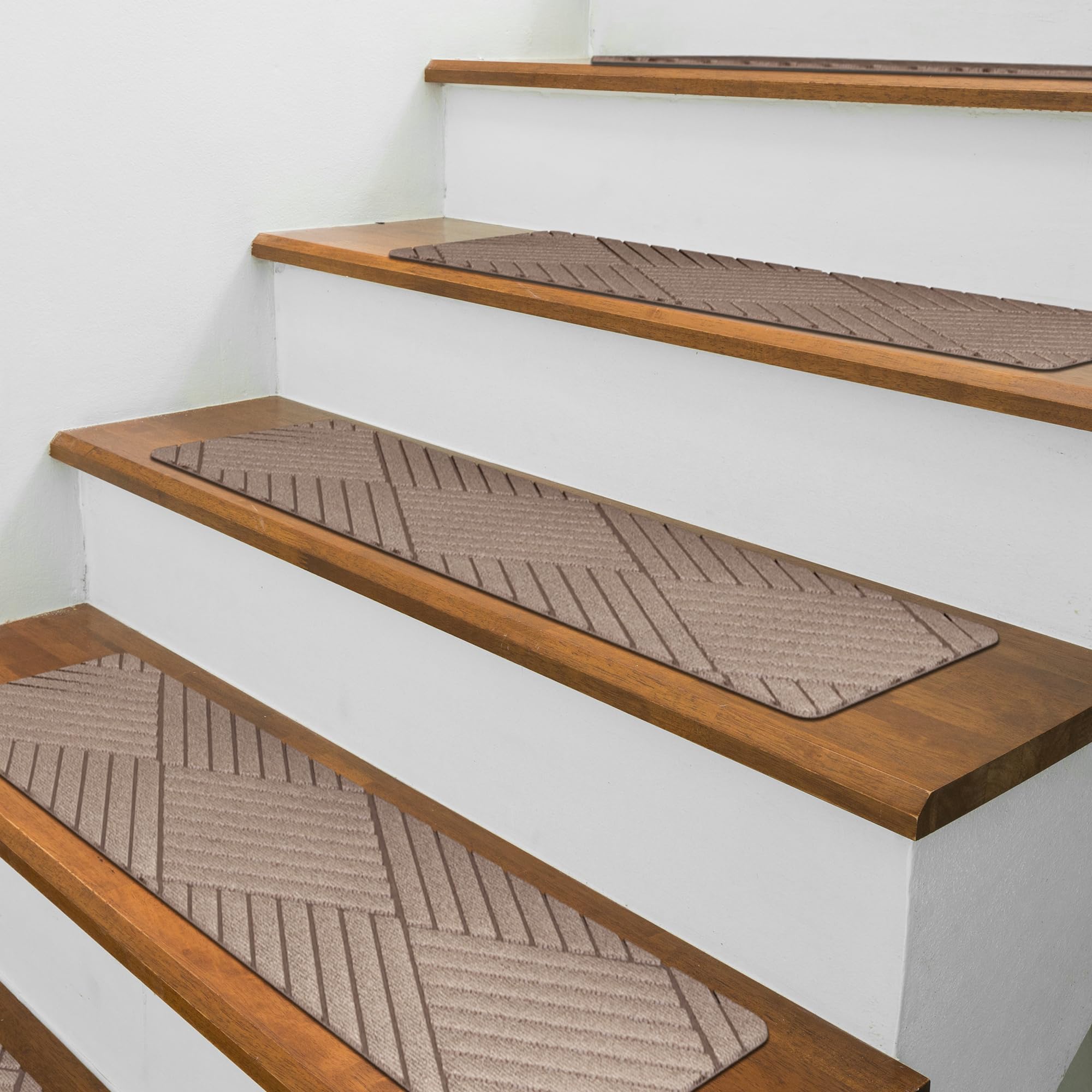

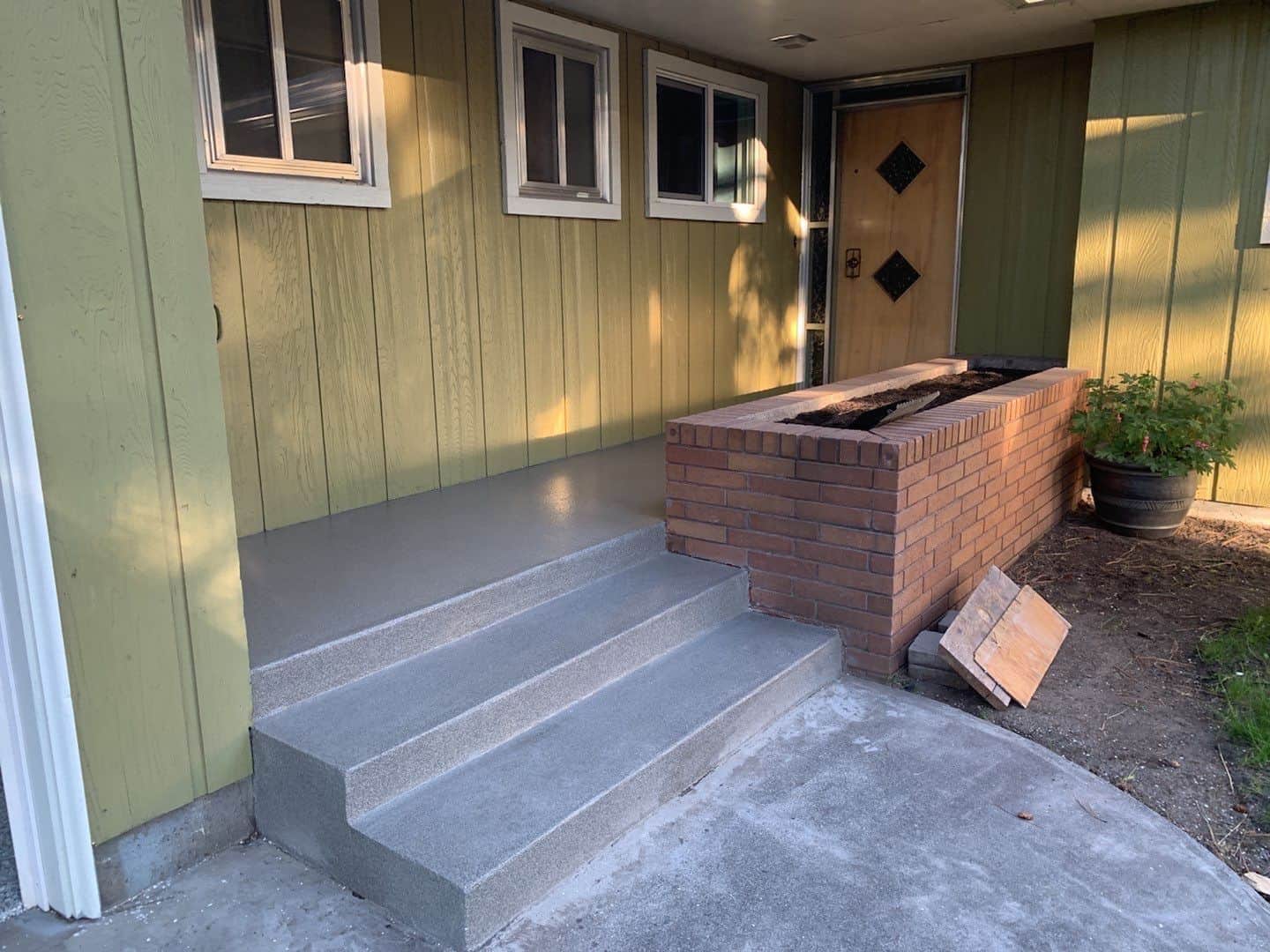
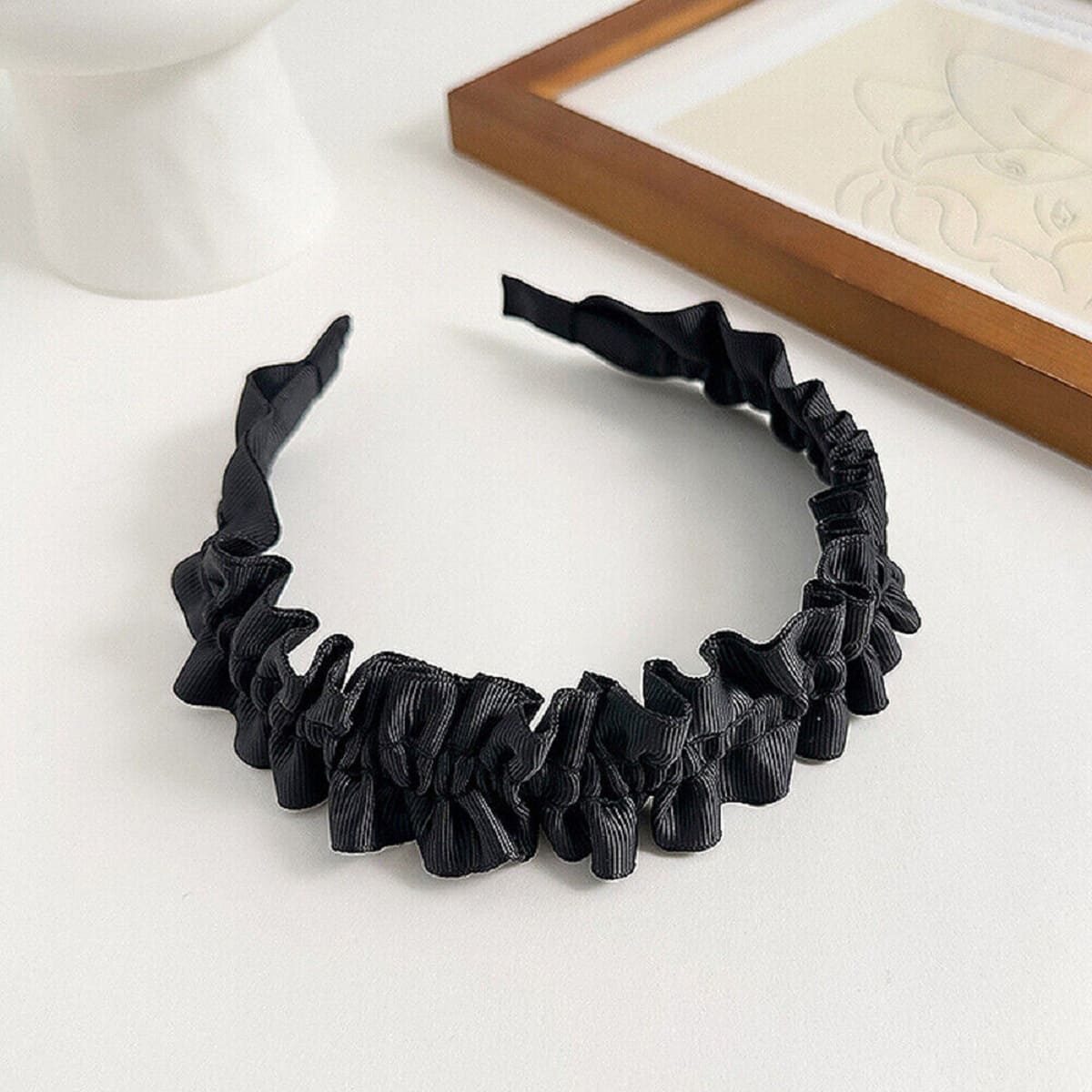
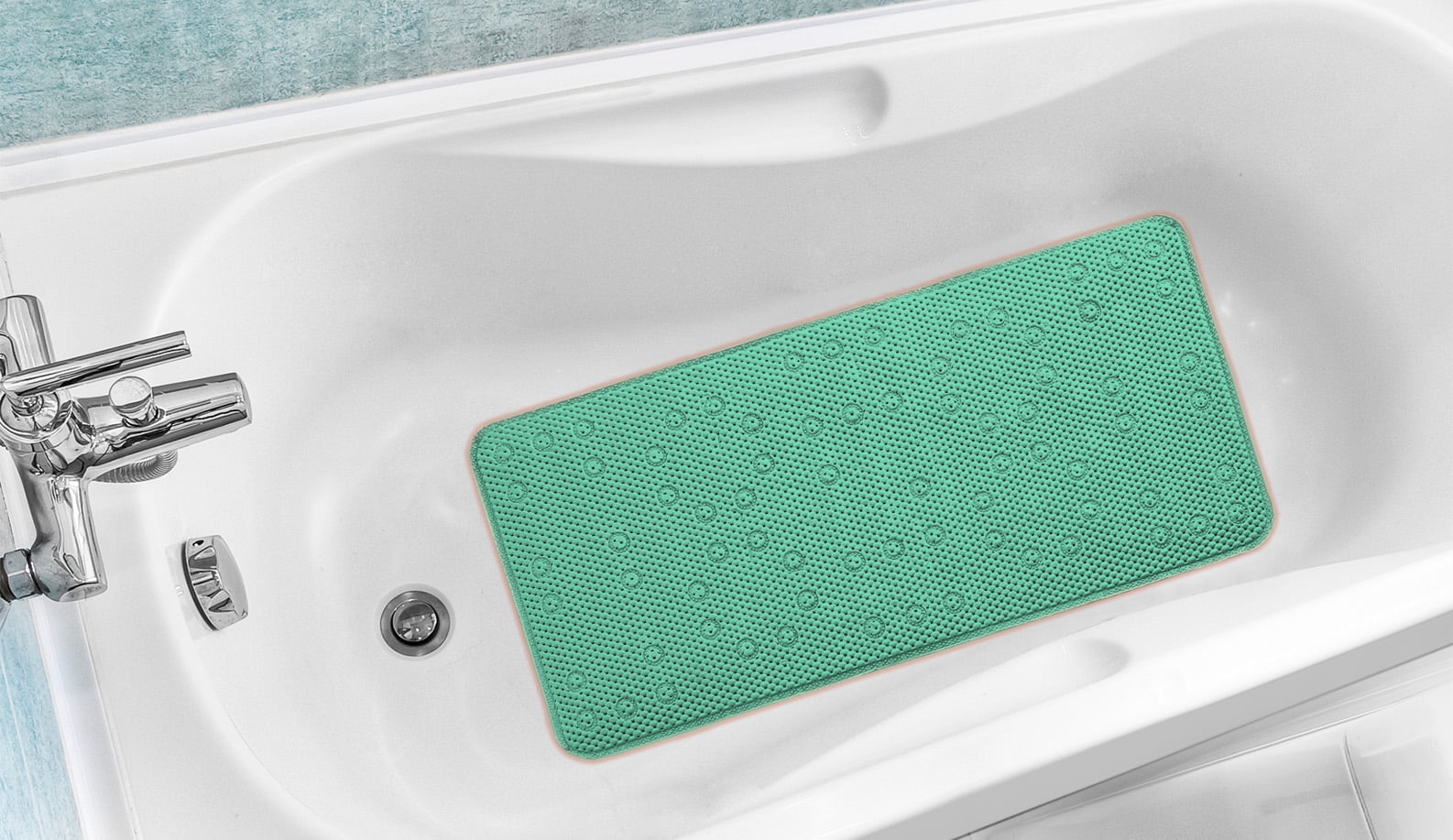
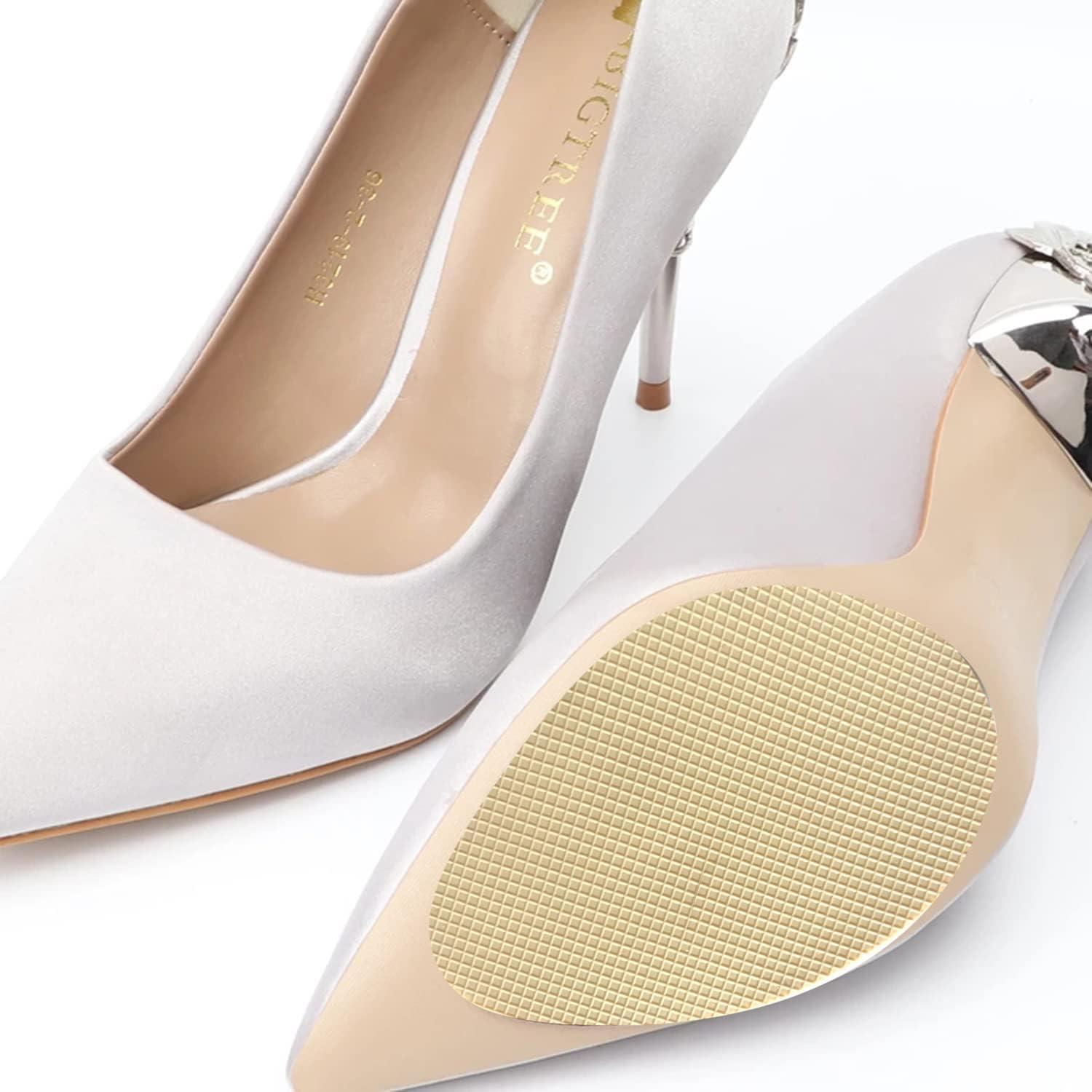
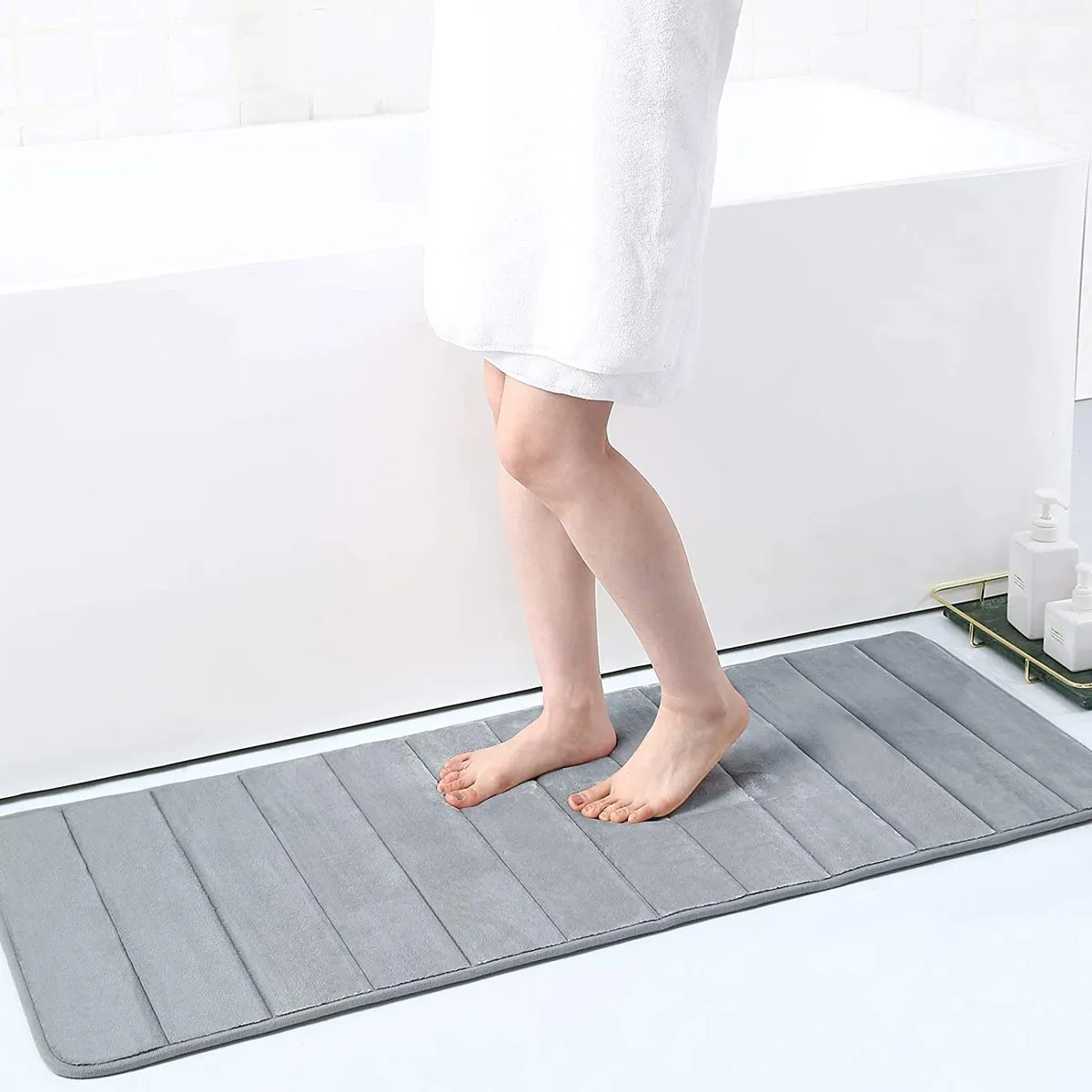
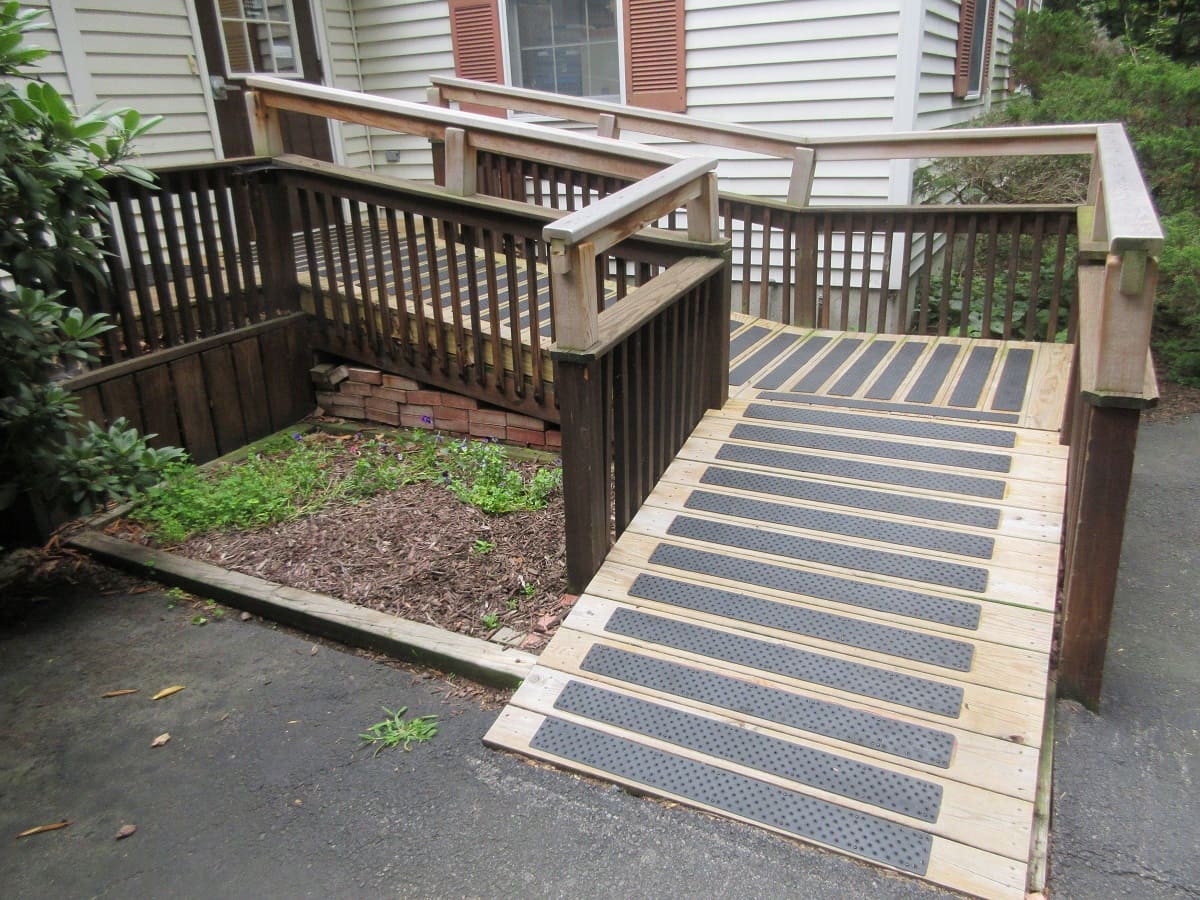
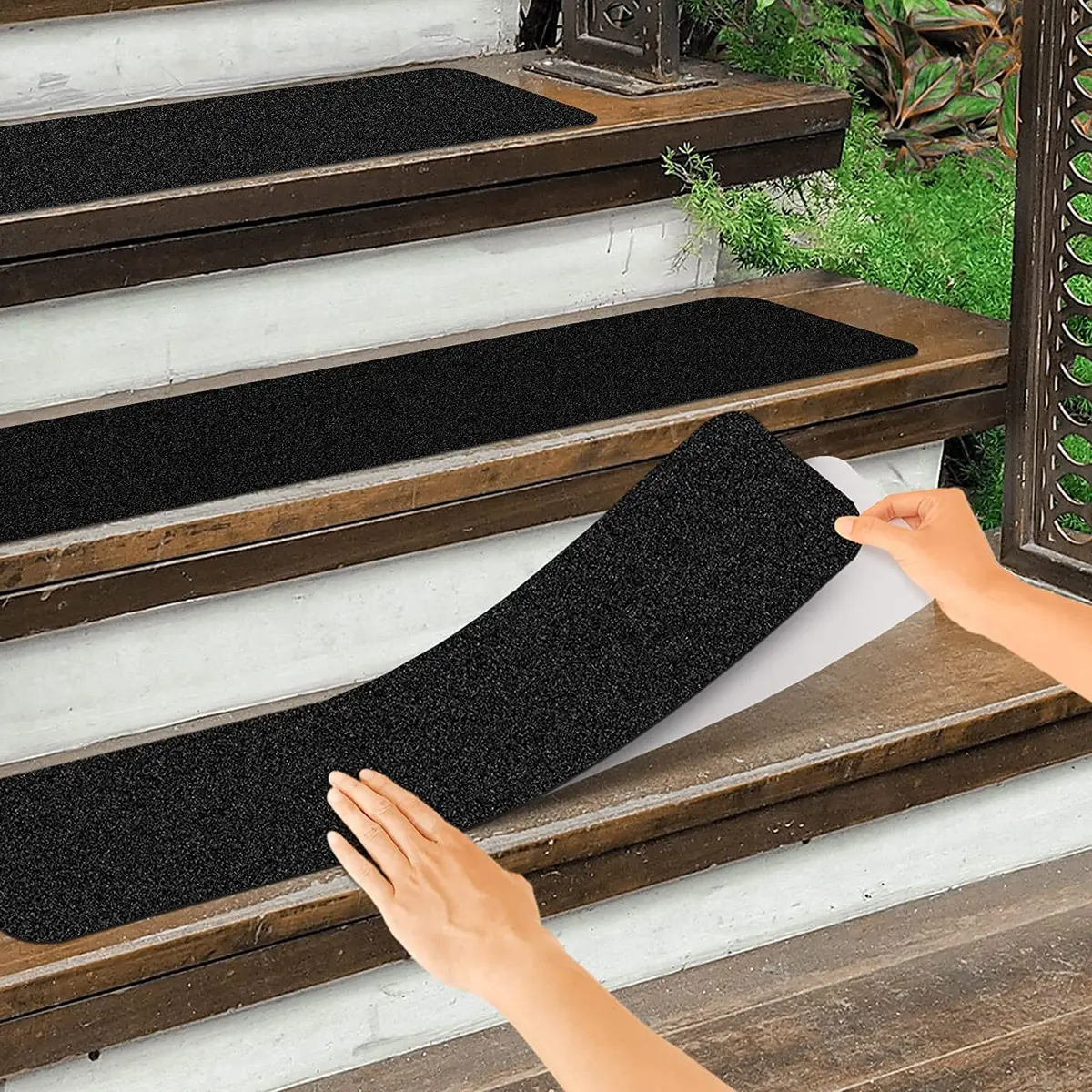
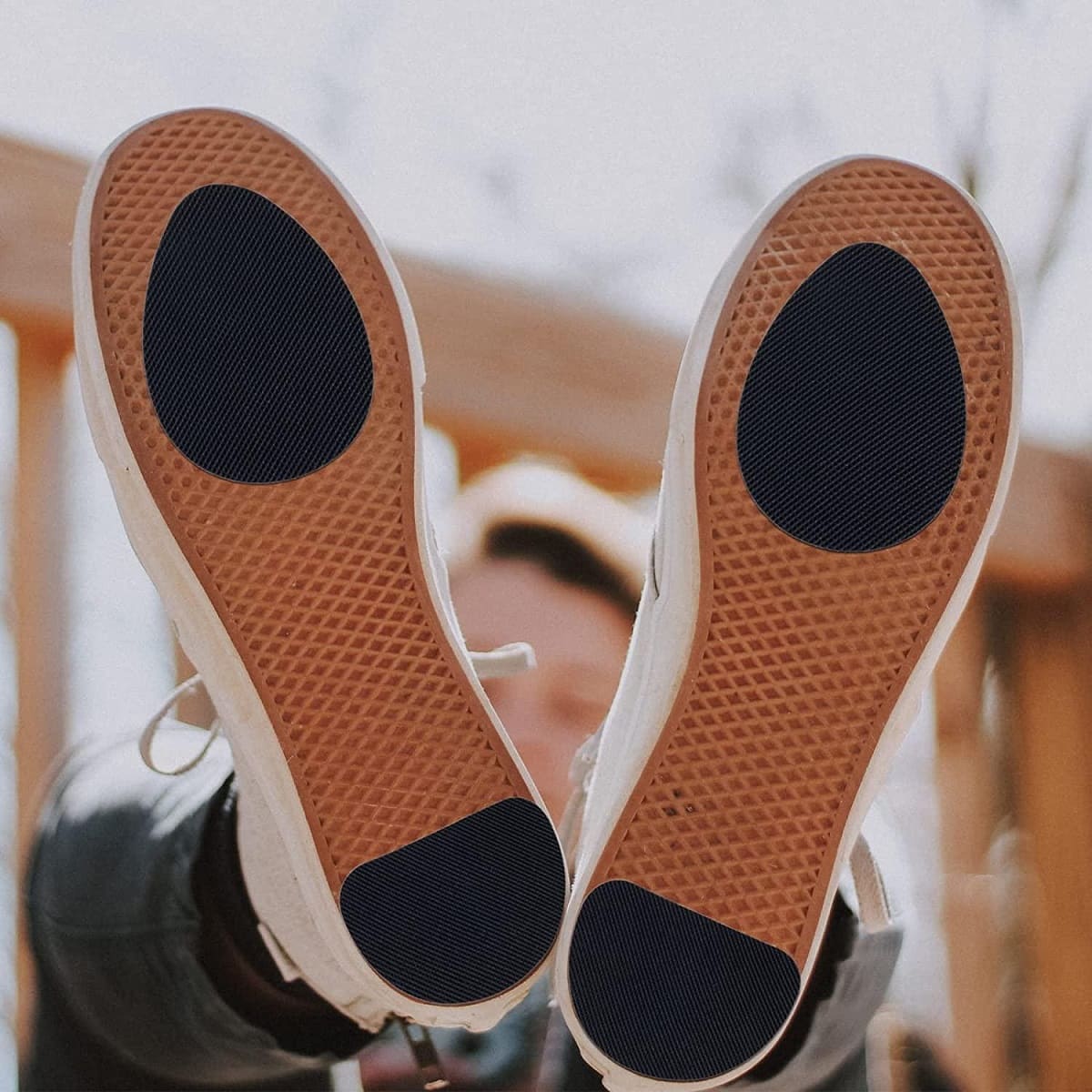
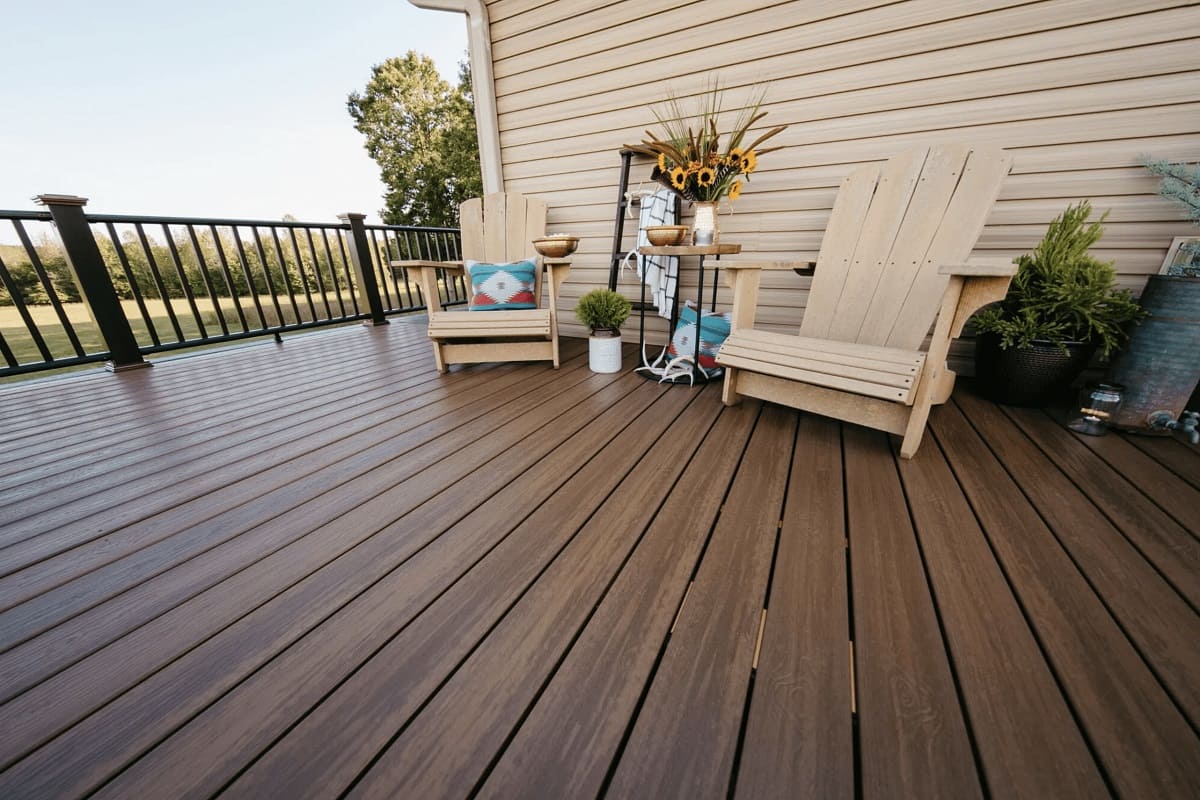
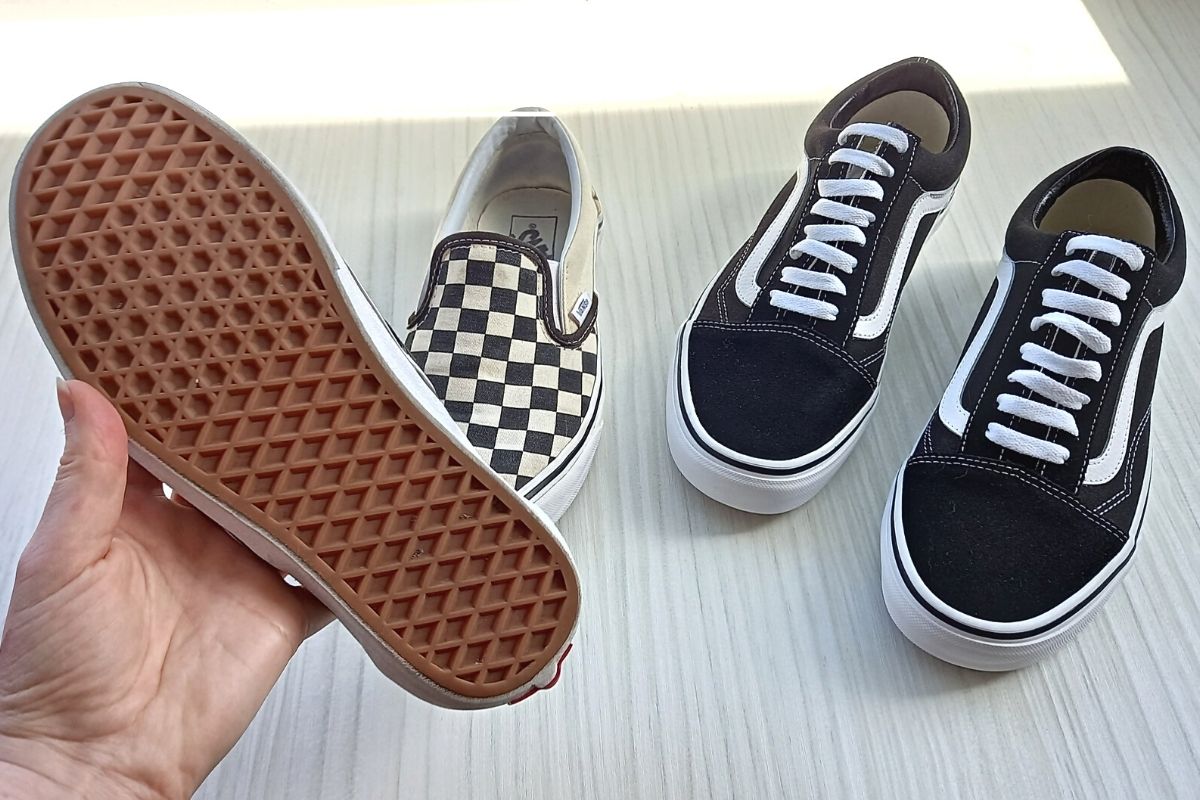

0 thoughts on “How To Make Socks Non-Slip”